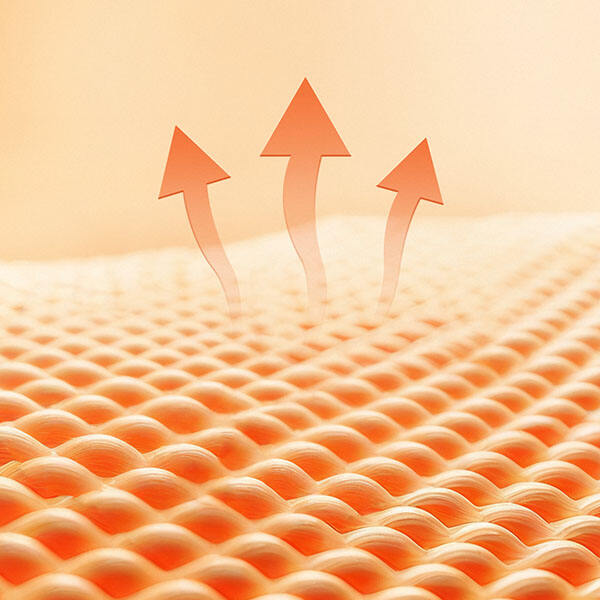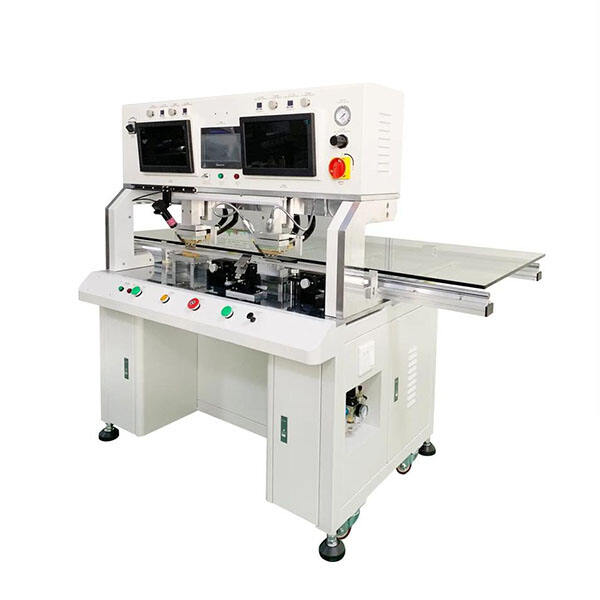Future trends in thermal bonding technology emphasize precision, energy efficiency, automation, advanced materials integration, and Industry 4.0 integration. Direct conduction heating: Modern machines utilize heating elements integrated directly into the bonding platen, achieving rapid and uniform heating. This approach can reduce cycle times by 50% while reducing energy consumption by 30%, further improving bond quality, particularly for metals. Advanced process control and automation: Real-time sensors and proprietary software automatically optimize bonding parameters, reducing operator skill requirements while improving consistency in high-volume production environments. Industry 4.0 integration: Thermal bonding equipment is increasingly integrating IoT, artificial intelligence, and digital simulation capabilities to enable smarter operations, predictive maintenance, and enhanced monitoring, thereby increasing production and reducing downtime. Leading-edge materials: The use of cutting-edge materials such as silicon carbide, gallium nitride semiconductors, and nanomaterial-reinforced composites is helping to enhance machine performance. Hybrid systems utilizing carbon nanotubes and graphene offer superior thermal management and bond strength in electrothermal applications. Customized and Selective Heating: Equipment can selectively heat specific bonding areas to protect heat-sensitive components while bonding dissimilar metals or complex multi-layer structures. These trends are contributing to more efficient, precise, reliable, and sustainable thermal bonding processes in industries such as aerospace, electronics, medical devices, and seamless apparel production.





 Hot News
Hot News